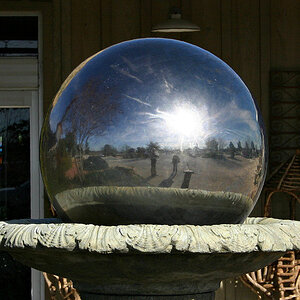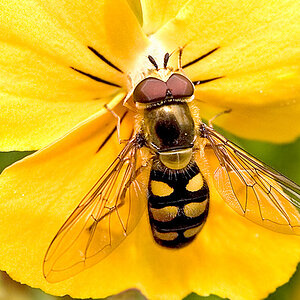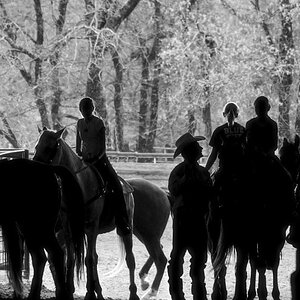Markw
No longer a newbie, moving up!
- Joined
- Jul 25, 2008
- Messages
- 4,057
- Reaction score
- 230
- Location
- Baltimore
- Website
- www.outsidetherainbow.com
- Can others edit my Photos
- Photos NOT OK to edit
I will be getting a lens. It will definately be a F/2.8 lens (unless I get the 180 macro) in Nikon mount. I was thinking about either the Sigma 150mm 2.8, Sigma 180mm macro or Sigma 70-200 2.8 lens. I cant decide which one to get. I love that the 180mm takes great macro shots as well is a decent sized 2.8 prime. It would be fantastic for macros and sessile objects, but I think the focus would be a little slow for any kind of moving object tracking. The 70-200 has a great range to have with a 2.8 lens with great AF tracking and quick focus, but will be lacking in the macro department. I use both macro and good AF and tracking about the same amount, so I cant decide which one I should get. Its a hard decision, and I would like to hear some of your ideas about what to do..
If you have any questions, I would be willing to answer any questions you have.
Thanks!
Mark
If you have any questions, I would be willing to answer any questions you have.
Thanks!
Mark
Last edited:


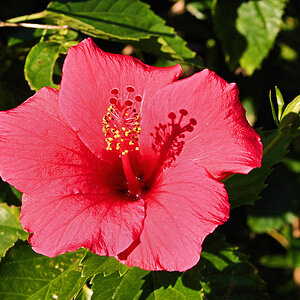
![[No title]](/data/xfmg/thumbnail/42/42275-2ca41f93a172e2e510afb46912a2bb61.jpg?1619740084)
![[No title]](/data/xfmg/thumbnail/35/35872-12704b8c65e1c009d7089ccba367abb6.jpg?1619737198)
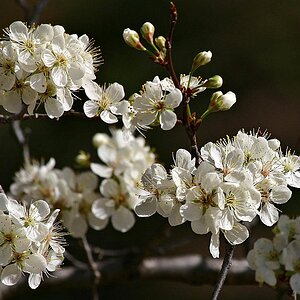
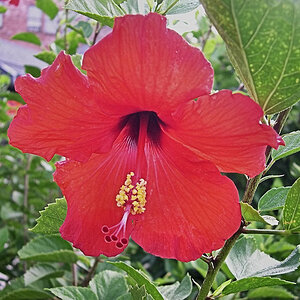
![[No title]](/data/xfmg/thumbnail/34/34144-52e7a5d3e3908ae808afeabfe86fffdc.jpg?1619736317)
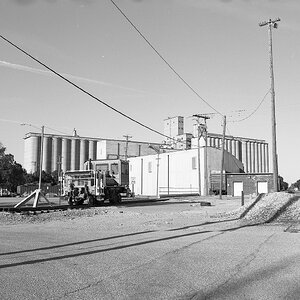
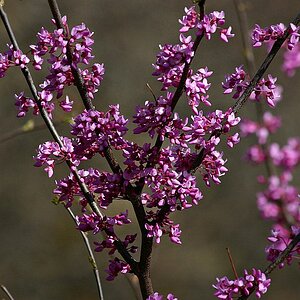
![[No title]](/data/xfmg/thumbnail/34/34142-948c6bafdf60862125009004d5a06e46.jpg?1619736315)
